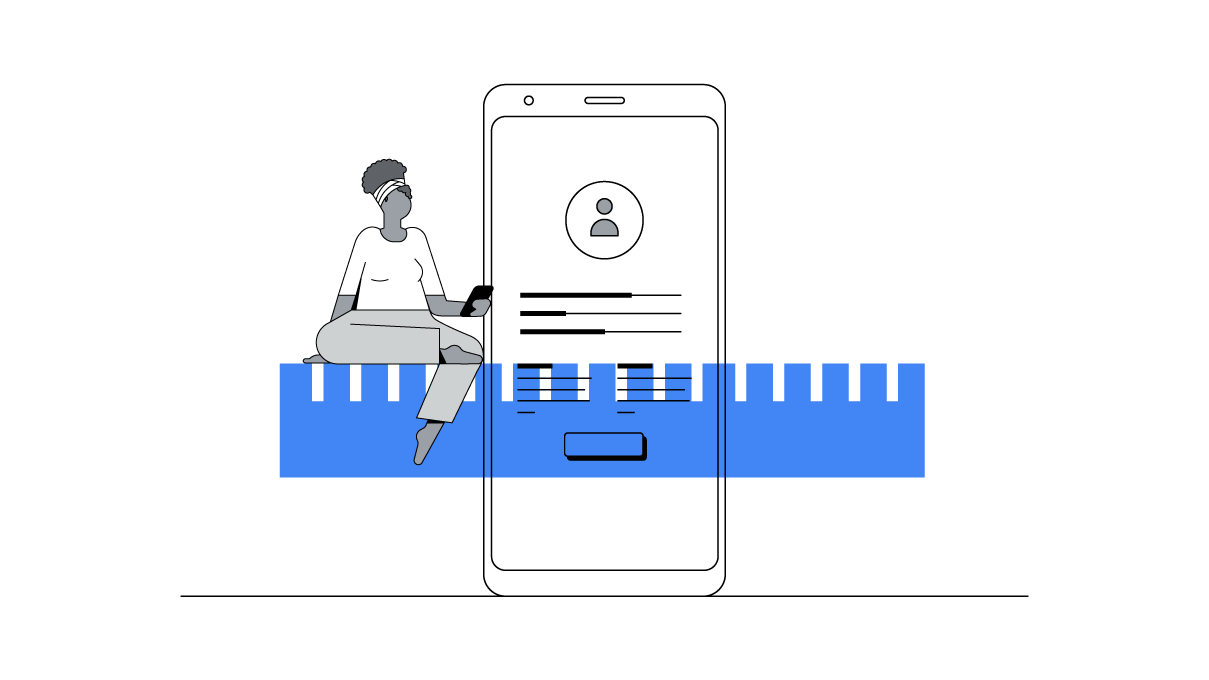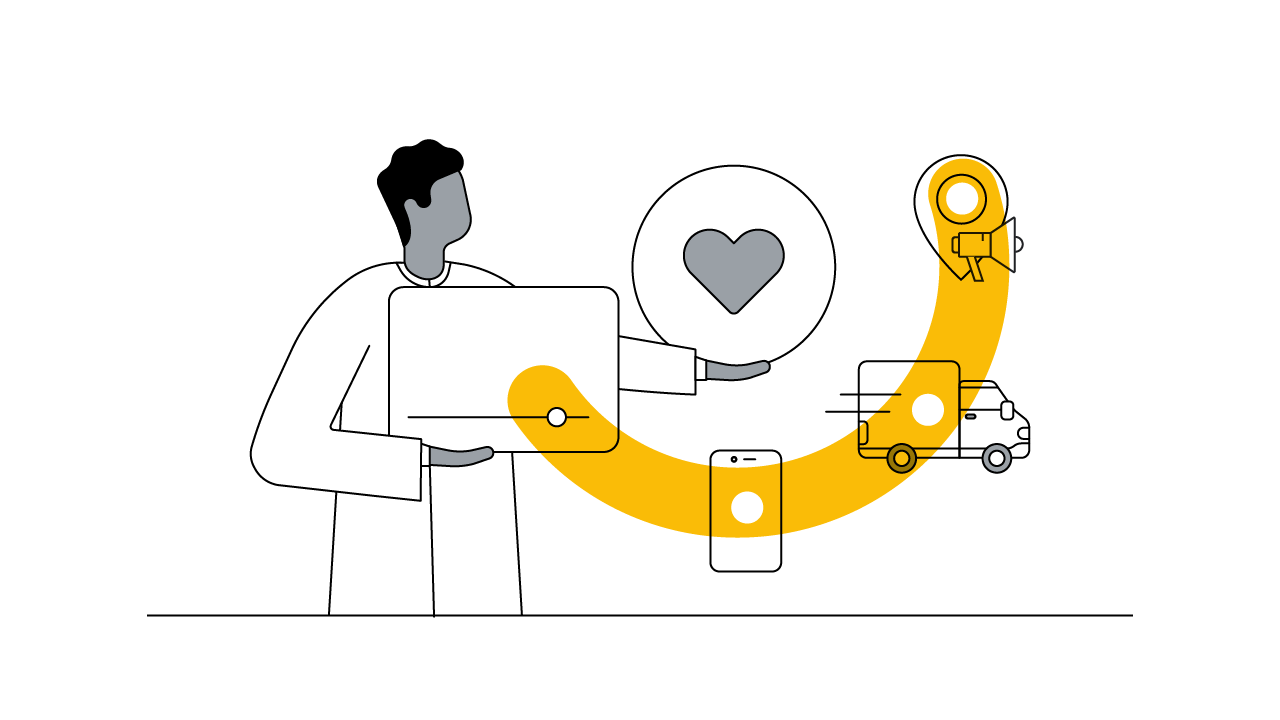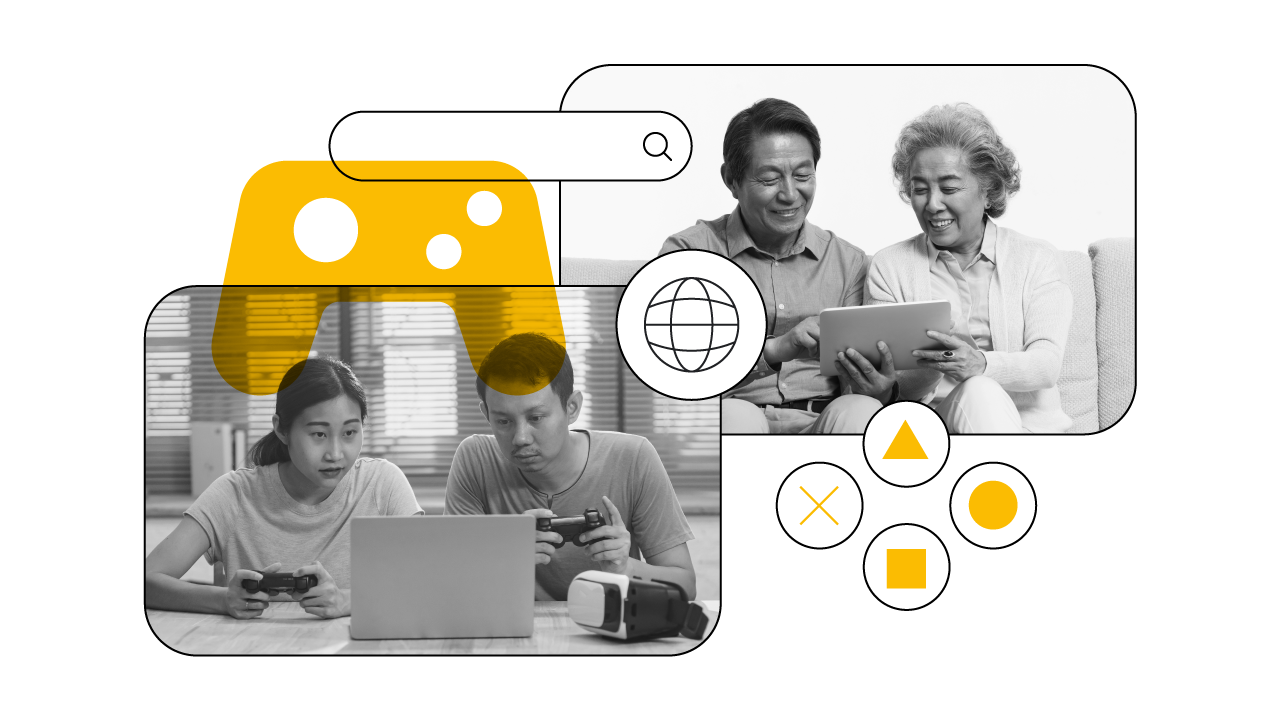Top brand leaders explain how to create frictionless customer experiences that drive omnichannel sales
Guests
Published
April 2023Share this page
Top brand leaders explain how to create frictionless customer experiences that drive omnichannel sales
April 2023Today’s marketers must deliver an improved customer journey across all channels. Brick-and-mortar stores, digital spaces, apps, and augmented reality all play a role in creating a seamless customer experience on the route to purchase. Hear from leaders at The Lego Group, McDonald’s, and Reprise Digital to learn how you can reinvent the omnichannel retail shelf to drive sales.
Learn more from brand leaders and Google experts on the Think with Google YouTube channel.
[voice-over] Director: OK, let’s do this.
So what are you thinking about when it comes to commerce?
Michael Moynihan: Shopping journeys have changed a ton in the last 10 years. It was critical for Lego to find a way to change its approach to commerce, because we hit a wall. We’re quite a bit behind our competitors. So that was a wake-up call.
Alycia Mason: Seven years ago at McDonald’s, we had four consumer journeys. Today, we have 28, and we’re going to keep growing.
David Mataranglo: The world has evolved, and, from an omnichannel standpoint, as a brand you need to meet the consumer at all the different stages of that journey. It’s more of a challenge than it ever has been before, because you’re trying to own that conversation throughout.
Mason: To create a frictionless journey, it’s very complex. So, in today’s world, how do you try to remove the complexity from your teams, from the experience, from the technology, in order to create those really memorable consumer journeys?
Moynihan: The channel mix between brick-and-mortar and digital is so important, because, ultimately, the magic of how to service shoppers in the best and most frictionless way lies in how those come together. We really were not operating audience first. We had to fundamentally shift our planning, our approach to data and insights, the way that we work with retailers, the way that we work with our own branded retail. We realized that we were going to be left in the dust if we didn’t make that change.
Mason: One of the things that we found during the pandemic is, really, the importance of getting to better understand our customers to serve their needs. Everything from delivery, to the app, to curbside grew significantly, and we continue to see that growth and that customer behavior stick today.
Mataranglo: Commerce strategy is probably the most important thing that brands have to center around right now, and built on the fact that there are multiple commerce platforms that shoppers can leverage. And, ultimately, understanding the role of each of those in the journeys is incredibly important.
Mason: The reality is, consumers are bombarded with different loyalty programs, different offers, different messaging. And we find the more relevant that we can be to that consumer at that exact moment, they reward us with more visits to our restaurants.
Moynihan: Connecting brick-and-mortar and digital really helps us to connect with fragmented audiences, because we’re starting to see more of a blurring of the lines between media and retail channels. One of the biggest shifts that we saw in COVID is the increasing adoption of e-commerce. What’s been really clear is that, as stores have opened up, we’ve seen brick-and-mortar be largely incremental to our business. But I think it’s actually helped us in progressing our journey, in terms of really thinking about channels and their unique value, and how we need to plan them differently.
Mason: When we launched the MyMcDonald’s Rewards program, that really was the catalyst to allow us to bring together that personalization on the digital front to the personalization in our physical store. Google has been a critical partner for us, really to help us understand and bring to life our digital strategy.
Moynihan: We are a platform for self-expression, and the best marketing that we do is when our brand is not the hero or the center of attention, but rather it’s when our fans are the center of attention or the heroes, supported by our brand. And there’s no better example of that than YouTube.
Mataranglo: Google captures so much intent and action in the world of shopping, and it’s incredibly important to have them, and their insights and data at the table when developing a commerce strategy.
Mason: Throughout all of the consumer journeys that we have, there’s really these key moments that matter. It’s make or break, and we have to get those right for our customers.
Moynihan: Innovating in the commerce space is so important for brands, because change is the constant now. Technologies and consumer behavior, shopper behaviors are all changing so rapidly that without innovation, you’ll quickly get left in the dust.
Mataranglo: Brands need to develop a seamless end-to-end experience for their shoppers. If you don’t, somebody else will.
Mason: It starts with the customer: Where their needs are. How are they evolving? What do they want? And if you build that, you’re going to succeed.
[voice-over] Director: We got it. We are done.
Moynihan: OK. Cool. Awesome.
Mason: Yay! Thanks, guys.
Others are viewing
Marketers who view this are also viewing
-
Article
![]() Article
ArticleMarketers who prioritize apps are winning today — and tomorrow
-
Article
![]() Article
ArticleLost and found: How 3 travel brands grew bookings with AI-driven marketing
-
Article
![]() Article
ArticleDestination unknown: Travellers are prone to change their minds and this can benefit brands
-
Article
![]() Article
ArticleBridging the online-offline gap: How 3 brands are winning customers in India
-
Perspective
![]() Perspective
PerspectiveFrom confusion to clarity: How brands can help people make confident purchase decisions with Search
-
Article
![]() Article
ArticleScoring with gamers: New findings on HTML5 players that’ll grow gaming revenues
-
Article
![]() Article
ArticleHow 3 Indian brands used online video to drive business results
-
Article
![]() Article
ArticleReach cautious customers who have a new set of values








